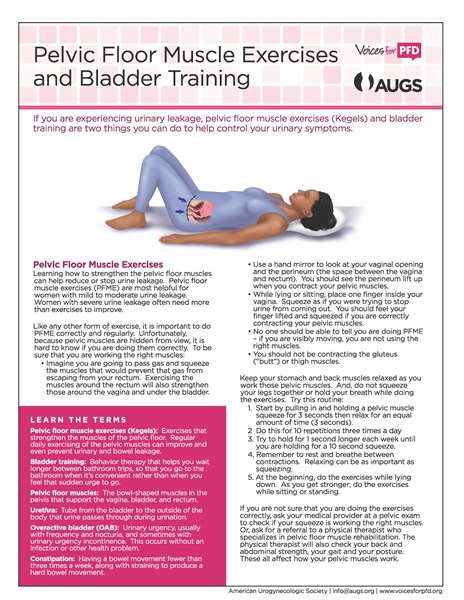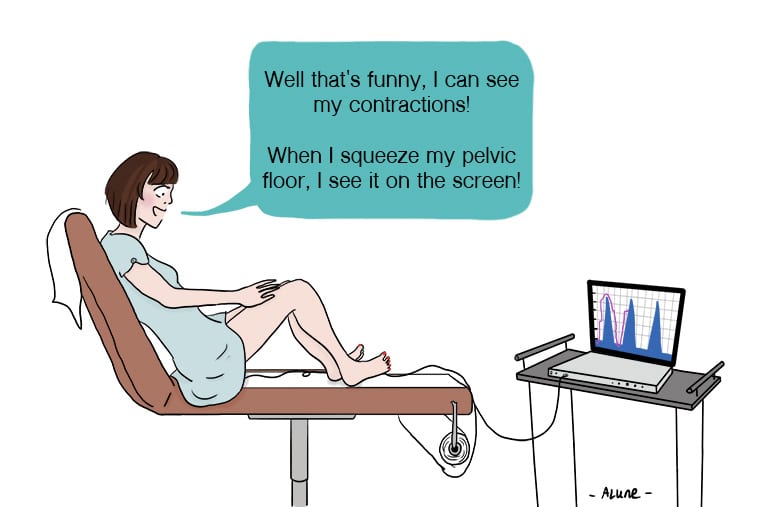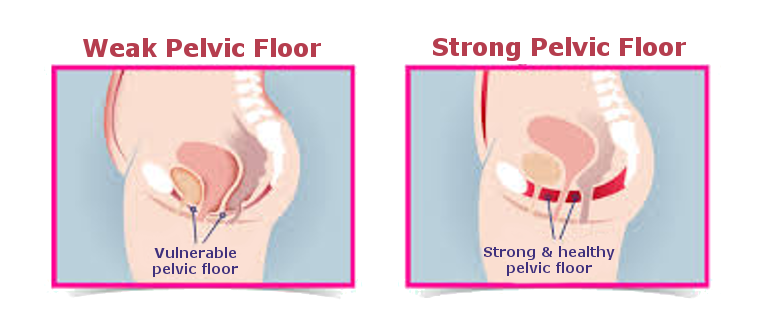Biofeedback is used to treat many conditions such as headaches high blood pressure and incontinence. Childrens Health offers a six-week biofeedback program for children and adolescent patients who are struggling with urinary incontinence urinary tract infection poor bladder emptying andor dysfunctional voiding.
 Physical Therapy Treatments Voices For Pfd
Physical Therapy Treatments Voices For Pfd
Biofeedback can help the child learn to better control the muscles that are used for bladder control.

Biofeedback for bladder control. The term biofeedback describes a treatment process that uses computer animation to measure record and display information directly from the patients body. Biofeedback is not a treatment by itself but it is used in conjunction with pelvic floor exercises to improve patients ability to perform pelvic muscles exercises properly by providing concurrent feedback on their muscles tone. Some biofeedback tools have small exposed sensors that are placed inside the vagina and capture electrical activity.
Biofeedback uses measuring devices to help people become aware of and learn to control certain bodily functions. How is biofeedback used to treat incontinence and bladder problems. Biofeedback Therapy for Incontinence Biofeedback provides you with immediate information about how well you are performing pelvic floor exercises.
Biofeedback is a technique which is designed to help strengthen your urethral and anal sphincter muscles and pelvic floor muscles and help you to gain control over your bladder. Incontinence can occur if those. Weakness or dysfunction of the pelvic.
Biofeedback can help people become more aware of body functions that are normally automatic such as peeing. Known to be a safe and effective method of increasing pelvic floor muscle strength millions of women have had success in regaining bladder control. Biofeedback has been proven effective in the treatment of urinary incontinence in numerous research studies.
There are several types of instruments that may be used when conducting biofeedback and all are effective in measuring muscle activity. Some people with overactive bladder use biofeedback to gain control. Biofeedback helps you learn how to control certain functions in the body.
Biofeedback is a system that helps children identify and control certain muscles while urinating. Biofeedback can help you learn which muscles to use when to use them and. The pelvic floor muscles PFM are a group of muscles that play an important role in bladder control.
Patients embarking on biofeedback need to be well motivated and intelligent enough to understand what is expected of them. Pelvic floor physiotherapist Leeanna Maher discusses how biofeedback can help kids who are struggling with bladder andor bowel control. Thanks to biofeedback patients can learn how to strengthen their pelvic floor muscles and to control bladder emptying.
It can be used to help women learn to control and strengthen the pelvic floor muscles. This painless therapy provides feedback to you and your therapist on the. Biofeedback can help the child learn to better control the muscles that are used for bladder control.
Biofeedback is a system that monitors changes in a persons body and displays them to the person. For Bladder Control Your physician may recommend that you have biofeedback therapy. Read about biofeedback for bladder control problems.
Biofeedback has been successfully employed in cases of urinary incontinence due to detrusor instability. Indeed a recent report has shown that biofeedback-assisted behavioral treatment is more effective than either oxybutynin or placebo in the treatment of urge and mixed urinary incontinence in older community-dwelling women. Biofeedback is used to treat incontinence by helping you learn to control and strengthen your pelvic floor muscles which play a crucial role in bladder control.
As a result people can sometimes get more control over those.


